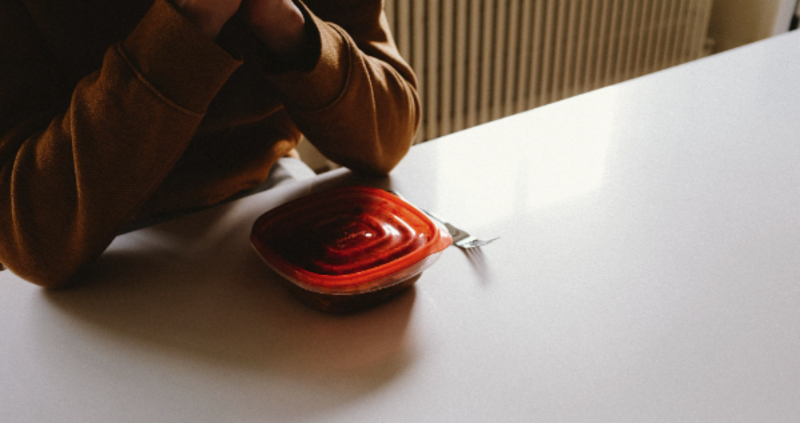Sorry to break the news, Barbie fans, but not everything about plastic is fantastic.
Driving the news: Per Wired, a study into the release of plastics from food containers has found that microwaving can blast millions of bits of plastic, called microplastics, and even tinier nanoplastics, into your food—and the hotter the conditions, the more plastic leaks in.
- It claims polypropylene containers, an FDA-approved plastic for food storage, shed 100x more particles per square centimetre during microwaving than in the fridge.
Researchers also exposed kidney cells, part of the body’s defence, to high concentrations of plastic (beyond what would be shed after a single nuke), noting that plastics accumulate in the body over time, and found that 75% of the cells died within just two days of exposure.
- “I don’t believe that there are microwave-safe plastics,” Trinity College Dublin chemistry professor John Boland, who was not involved in this study, told Wired.
Why it matters: While the human immune system can defend against microplastics, nanoplastics are small enough to slip past defences and can mess with hormones that impact everything from a person’s metabolism to their sexual development and fertility.
Bottom line: Despite a wave of plastic bans sweeping the world (including Canada), governments have made little effort to regulate the quality of plastics used in things like containers or drink cups—you know, stuff that’s most likely to be microwaved.—SB, LA
